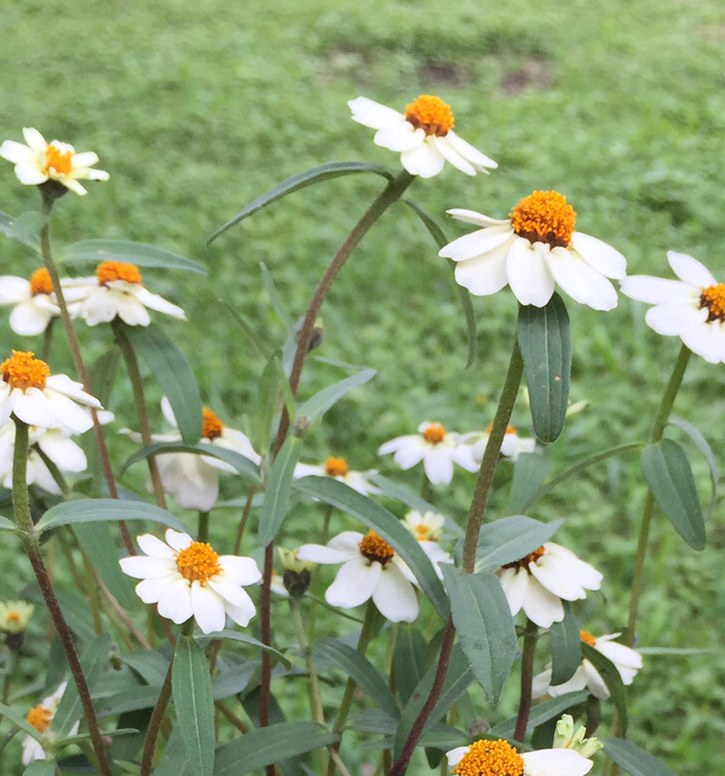If you’re wondering why your new plants and seedlings, planted in the brand new, squeaky clean garden soil and relatively weed and pest free garden beds are not doing as well as you expected, you are not alone. The reason is exactly because the soil is new. When this was first noticed, committee member Beth, asked one of the Travis County Gardeners at the grand opening what was going on. They told her that the new soil was lacking nitrogen. Nitrogen is an essential element of chlorophyll, therefore plants lacking this component will not produce as much chlorophyll and will turn yellow. This also stunts growth, flowering and the overall vigor of an ordinarily healthy plant.
I’ve received enough questions and concerns that I asked the Travis County Master Gardeners for some advice on this growing pain. David was more than helpful and sent me the following:
Improving the Condition of Your Soil
Most garden soils present challenges to the home gardener. The simplest soil mix consists of equal amounts of compost, coir fiber (instead of peat moss), and vermiculite or decomposed granite or sand. This mix is ideal for raised beds or containers and is mostly weed-free. It still needs to be amended with additional organic material periodically to maximize the benefits to crops over a season.
When working with regular garden soils, there is a need to add organic matter regularly to improve the ability of the soil to accept and store water as well as to provide necessary nutrients. Organic matter increases the activity and number of soil organisms. Ideally, it is best to use composted organic materials. Fresh organic matter can introduce more soil organisms (but also weeds), so it is important to note the composition of the fresh material. Nitrogen is routinely consumed by most crops so it needs to be refreshed regularly. This can be achieved by adding coffee grounds, aged manures (sheep, beef cattle, and swine manure contain the largest concentrations of nitrogen, with poultry and dairy cattle manure following closely behind—it should be aged for about a year before use), cotton seed meal, blood meal, or feather meal. It is important not to add too much nitrogen at a time.
Fertilizers consist of nitrogen, phosphorous, and potassium. Most soils in Texas contain an abundance of phosphorous and potassium and so an ideal fertilizer should have an abundance of nitrogen and minimum amounts of phosphorous and potassium. A good general fertilizer should not exceed 8-2-4 for the three minerals. Commercial fertilizers should be used sparingly (and must be organic at Adelphi Acre). It is highly recommended that before making any major changes to your soil a soil test should be made and analyzed by Texas A&M. For information, https://aggieturf.tamu.edu/aggieturf2/soilsample/soilsample1.html.
Gardening in Texas can be challenging, but also very rewarding.

One response to “Gardening Blues”
I love this! 🙂 Just testing to see how this posts.